Plants That Are Easy to Maintain Outdoors in Florida Summer

Blueish salvia
Betwixt the libation spring days and the scorching summer heat, it can be a claiming to cull which plants to include in your yard. With the help of local gardening practiced Suzanne Thornburg, manager of Sunflowerz Plant nursery, we've narrowed it down to a top 10 listing, along with tips and tricks, to nurture a thriving garden throughout the coming months.
Mona lavender(Plectranthus)
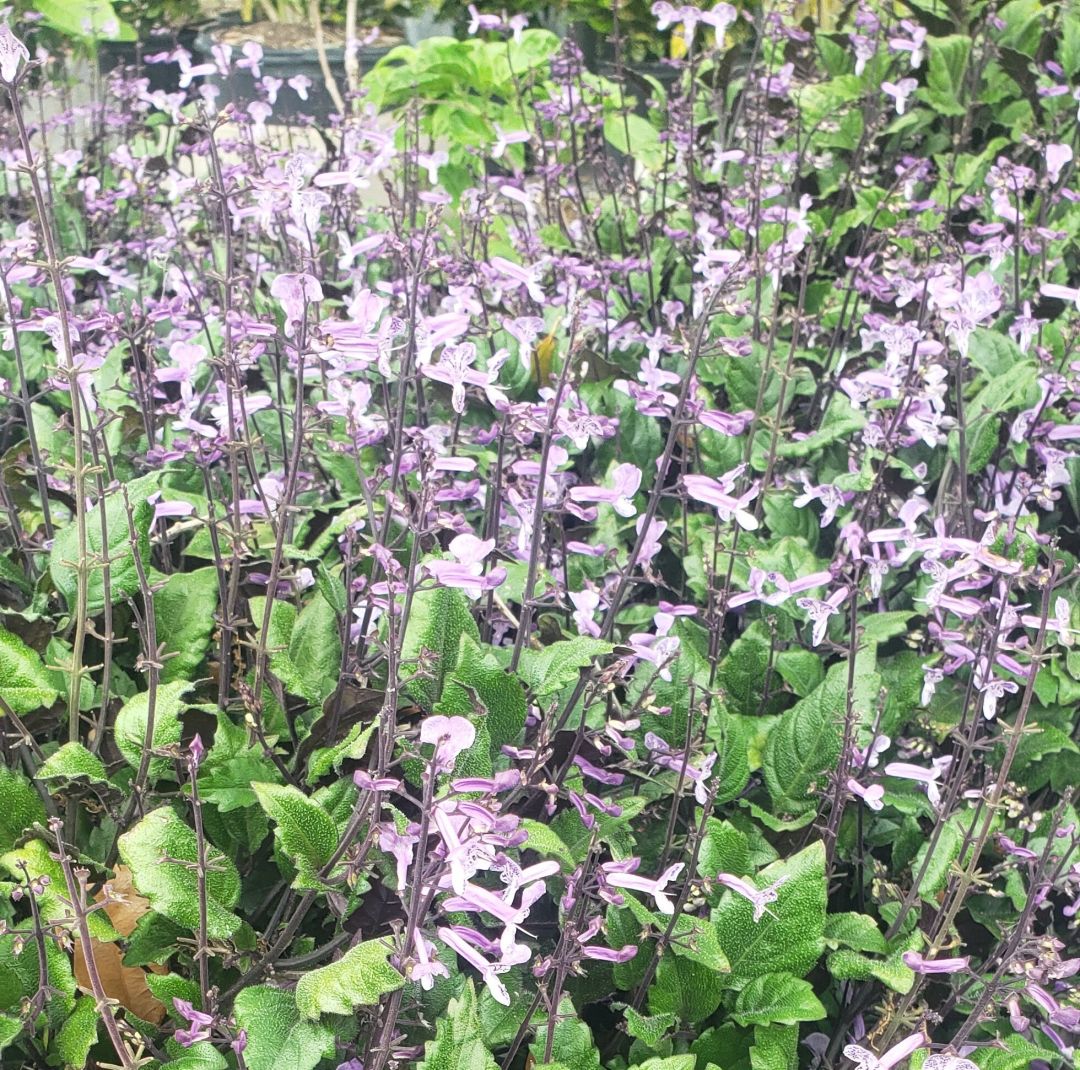
Mona lavander
Mona lavender isn't native to Florida, but grows well in its climate. Unlike many flowers, this perennial thrives in the shade or filtered light and grows a purple flower with bright green leaves on one side and maroon on the other.
"The ideal watering blueprint for this institute is one to two times a week," says Thornburg. Apply all-purpose palm and tropical fertilizer every 6 to 10 weeks to ensure growth. Ideal locations include the side of the firm or a contend where information technology tin can go shade during the day. Information technology as well does well indoors.
Aloe (Succulent)
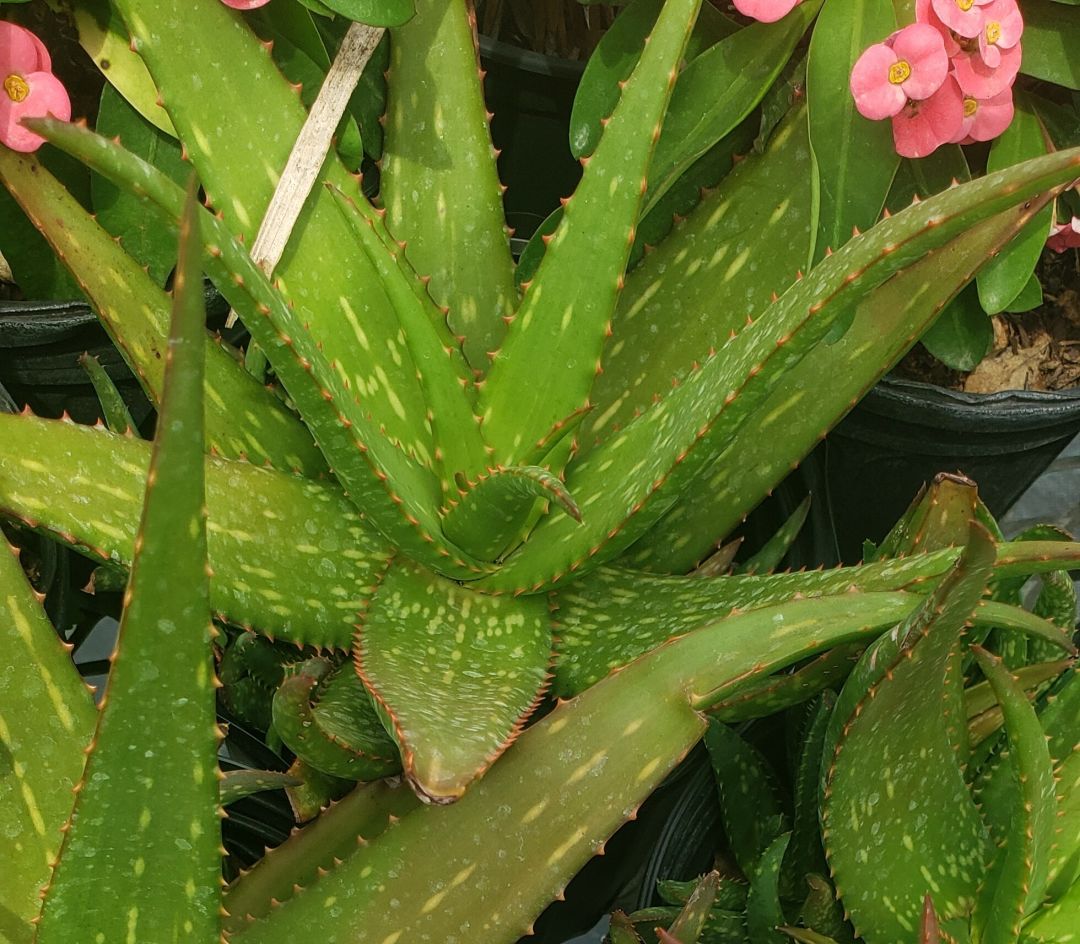
Aloe
Aloe has a wide variety of subspecies and is "extremely hardy and drought tolerant, so they don't need to be watered as frequently as other plant types," Thornburg says. "Plus, when it blooms, they concenter hummingbirds."
Since aloe has different variations, it comes in a range of green hues, from light to dark. It thrives in full sun exposure and doesn't necessarily need to be fertilized, merely if you practise decide to, every six to 12 months is enough. Aloe can alive in a container or in the ground as long every bit information technology gets plenty of sunlight.
Blanket flower(Gaillardia Pulchella)
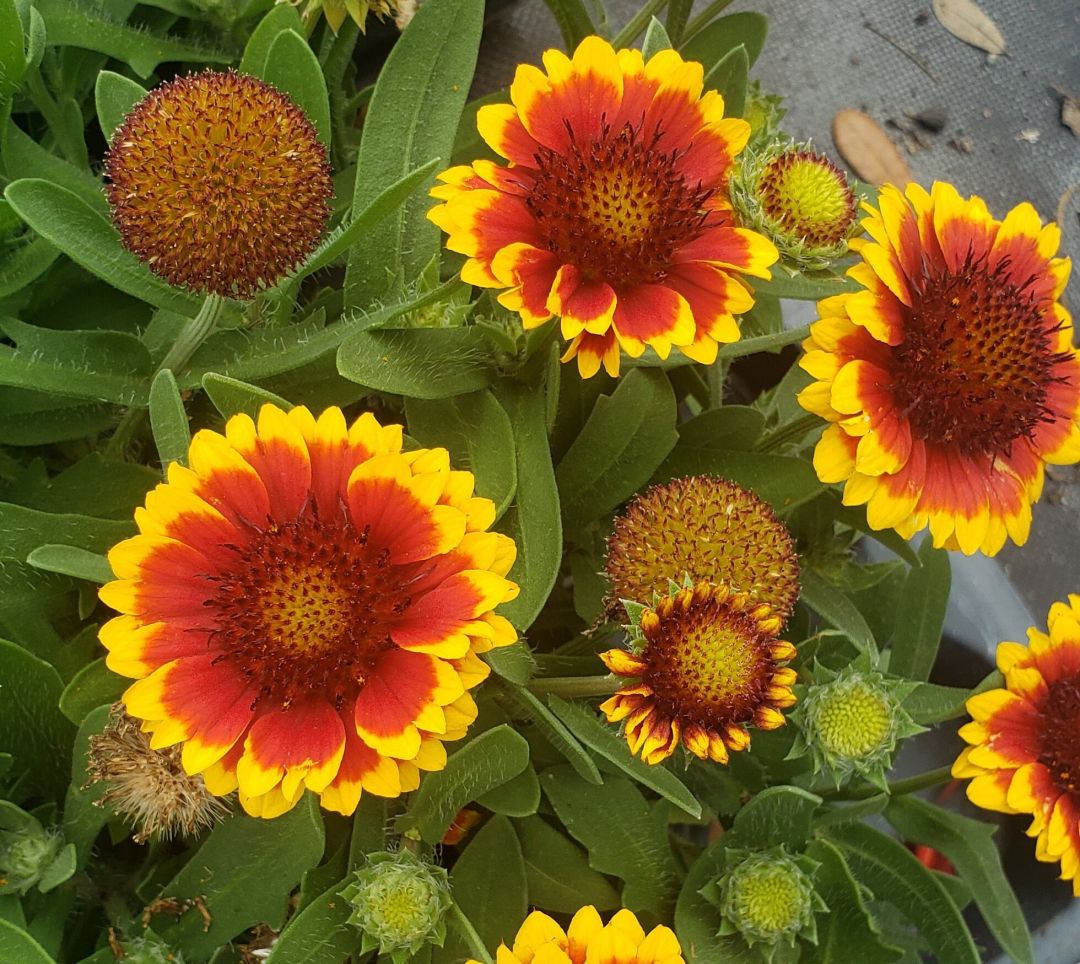
Coating flower
Coating flower is a Florida native, drought-resistant plant. Despite that, it nevertheless handles rainfall well and, when in flower, it attracts butterflies and bees. This cheery blossom needs full dominicus exposure and no more than than one or two waterings per week. All-purpose palm and tropical fertilizer practical once every spring, summertime and fall helps information technology thrive. Coating flowers do best outdoors where pollinators help information technology thrive.
Saw palmetto (Serenoa Repens)
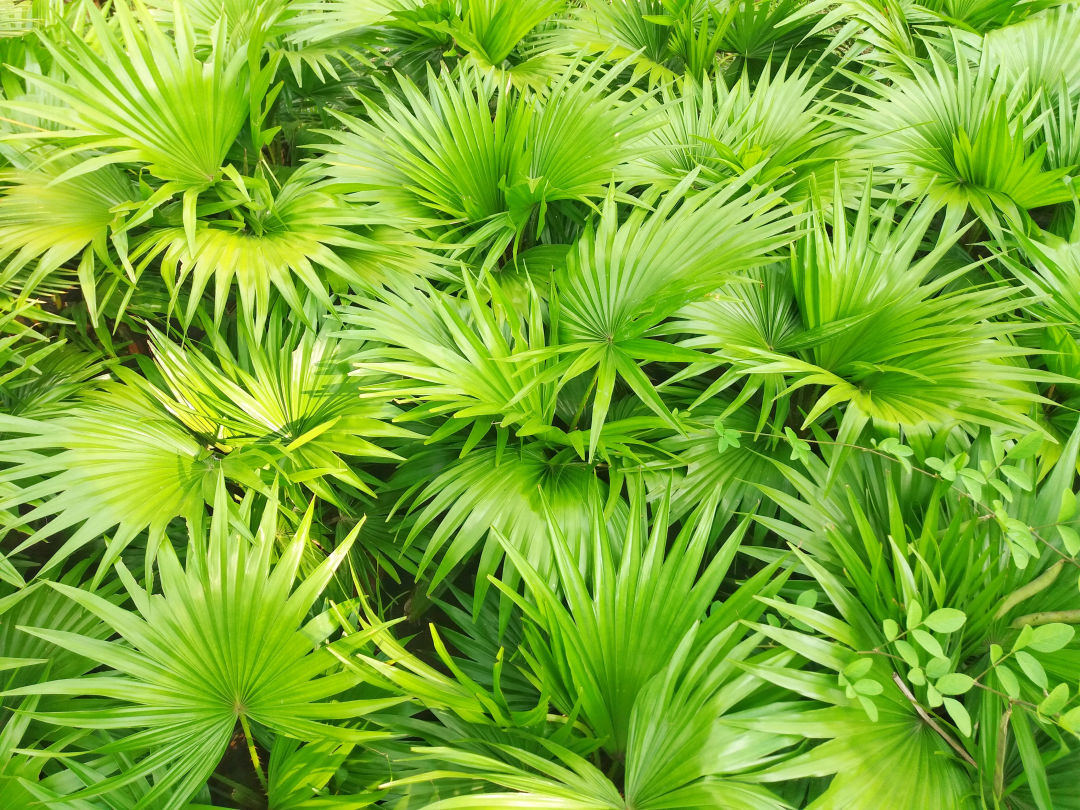
Saw palmetto
Native to Florida, saw palmetto requires little water. This drought-resistant establish loves total sunday exposure and all-purpose palm and tropical fertilizer, twice a year, gives it the essential nutrients it needs. Give it room, though. "Saw palmetto tin can abound quite large, then it should be grown in the ground instead of a pot or restricted surface area," Thornburg says.
Coontie(Zamia Pumila)
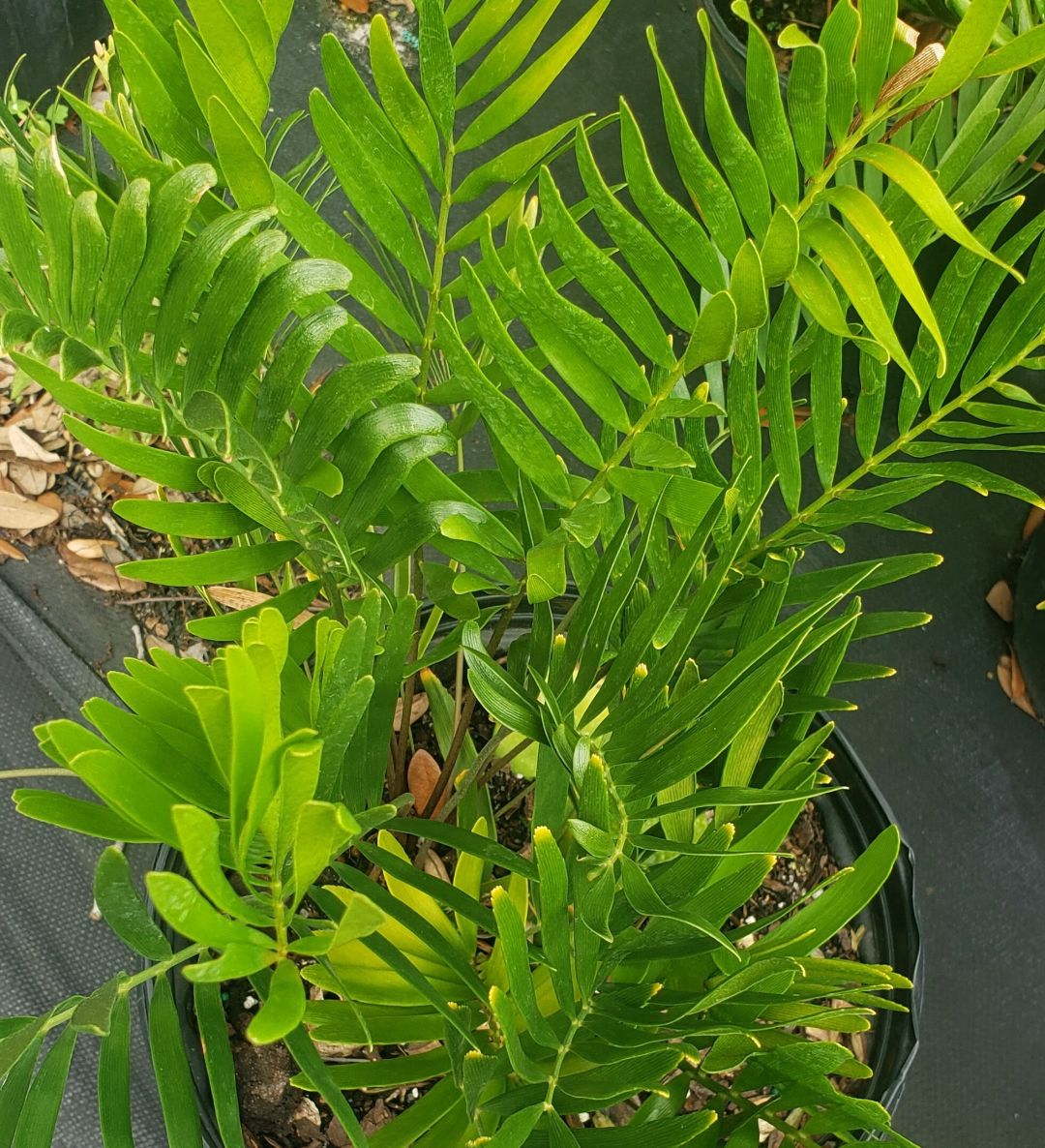
Coontie
This drought-tolerant, Florida native plant is hardy despite its delicate palm-like fronds. It craves full sun exposure, and all-purpose palm and tropical fertilizer twice a year gives it an actress boost. When fully mature, information technology attracts a singular species of butterfly called the Atala, which has blue-spotted black wings and a vivid ruby-red abdomen. These plants practise well in containers as long as they're able to dry out betwixt waterings. With shallow roots, they can be planted just about anywhere, and do well both in and outdoors.
Blueish salvia (Salvia Farinacea)
Blue salvia (pictured at acme), also oft called sage, is a Northern native but is drought-tolerant and able to survive Florida summers. It blossoms through jump and fall, and when it does, it attracts a broad variety of collywobbles. There are more than a thousand different species of salvia and they vary in size. All-purpose palm and tropical fertilizer once a year before bound helps it thrive. These flowers don't like to exist crowded and so a spot with space to grow is ideal as long as they get plenty of sunlight.
Firebush(Hamelia Patens)
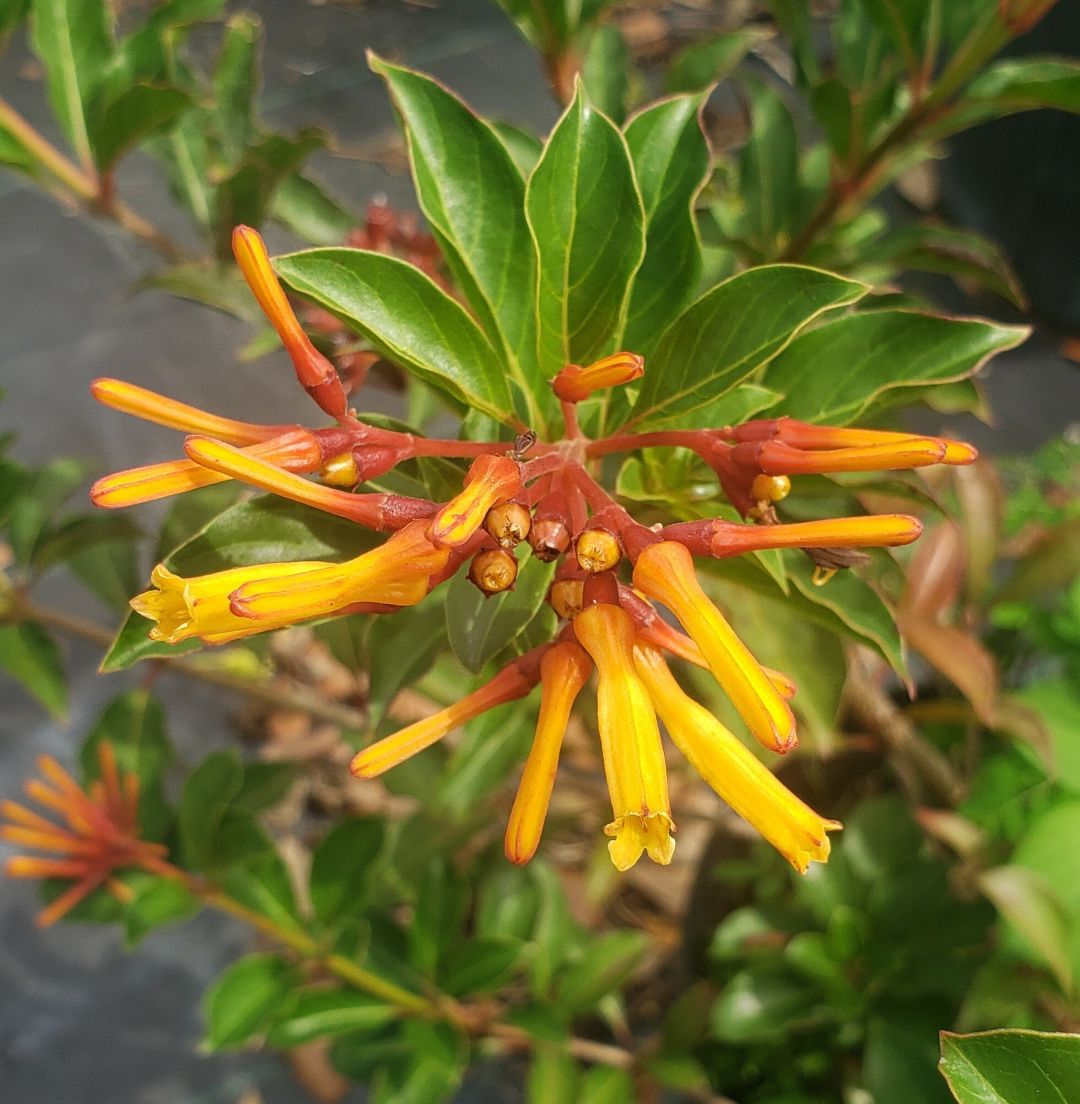
Firebush
Firebush has both a non-native and native Florida species. The native plant'south color is redder and larger, while the non-native color is more than orange and considered to exist a dwarf version, says Thornburg. The bright cherry-orange tubular flowers are drought tolerant and require total sun exposure. Firebush does well as a landscaping plant to bring a pop of color near the home or patio. Fertilize with all-purpose and tropical fertilizer once every two to three years for best results.
Pentas(Pentas Lanceolata)
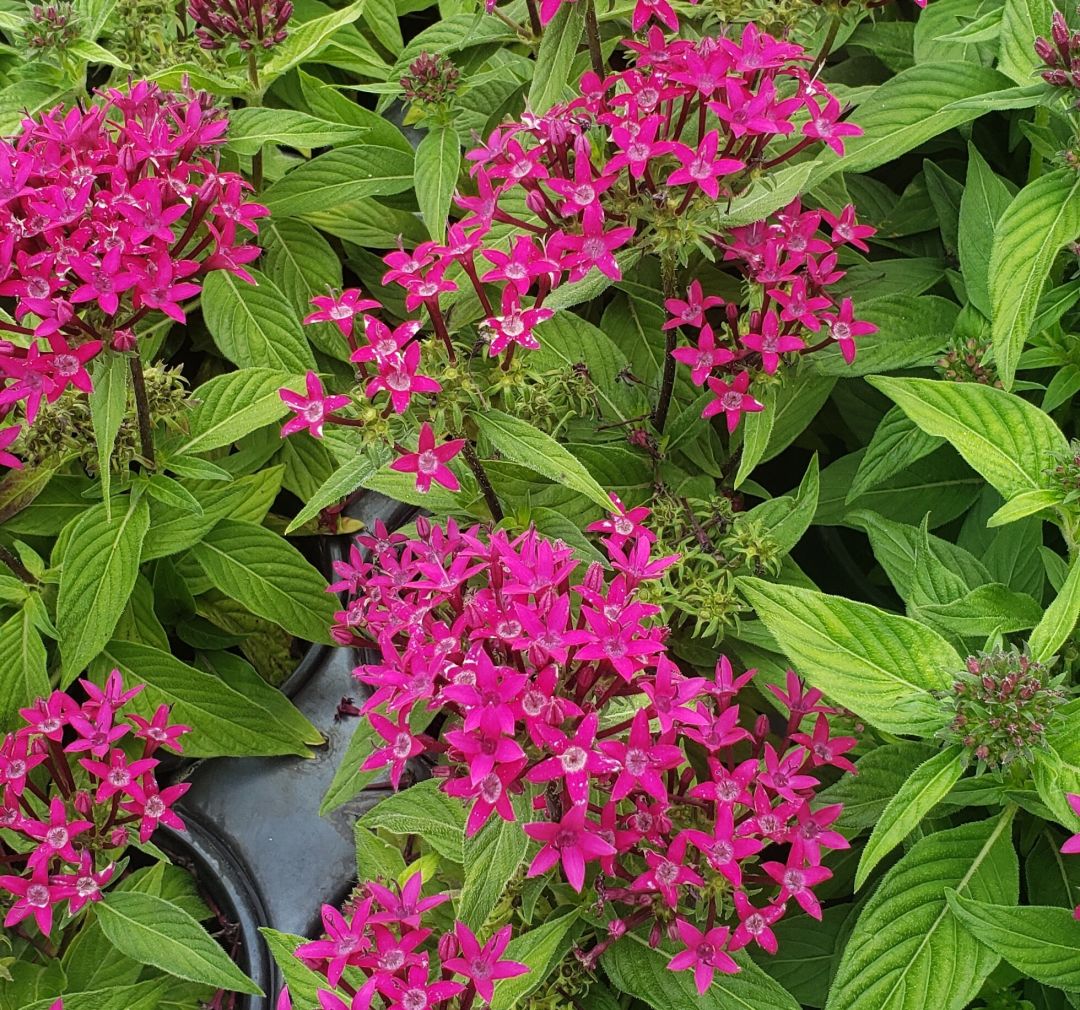
Pentas
Pentas are not Florida natives, but once established, are drought-tolerant and grow quickly. At first, the plants wll need regular watering until they bloom—and one time these dominicus-worshipping flowers do, they attract all kinds of collywobbles. Plus, they come in a variety of colors such as lavander, purple, red, white, light and dark pink, says Thornburg. All-purpose palm and tropical fertilizer is ideal for this constitute and should be applied every 6 weeks. Pentas plants adopt well-tuckered soil that doesn't stay soggy afterward heavy rainfall and does well both in and outdoors.
Blue stupor(Evolvulus Glomeratus)
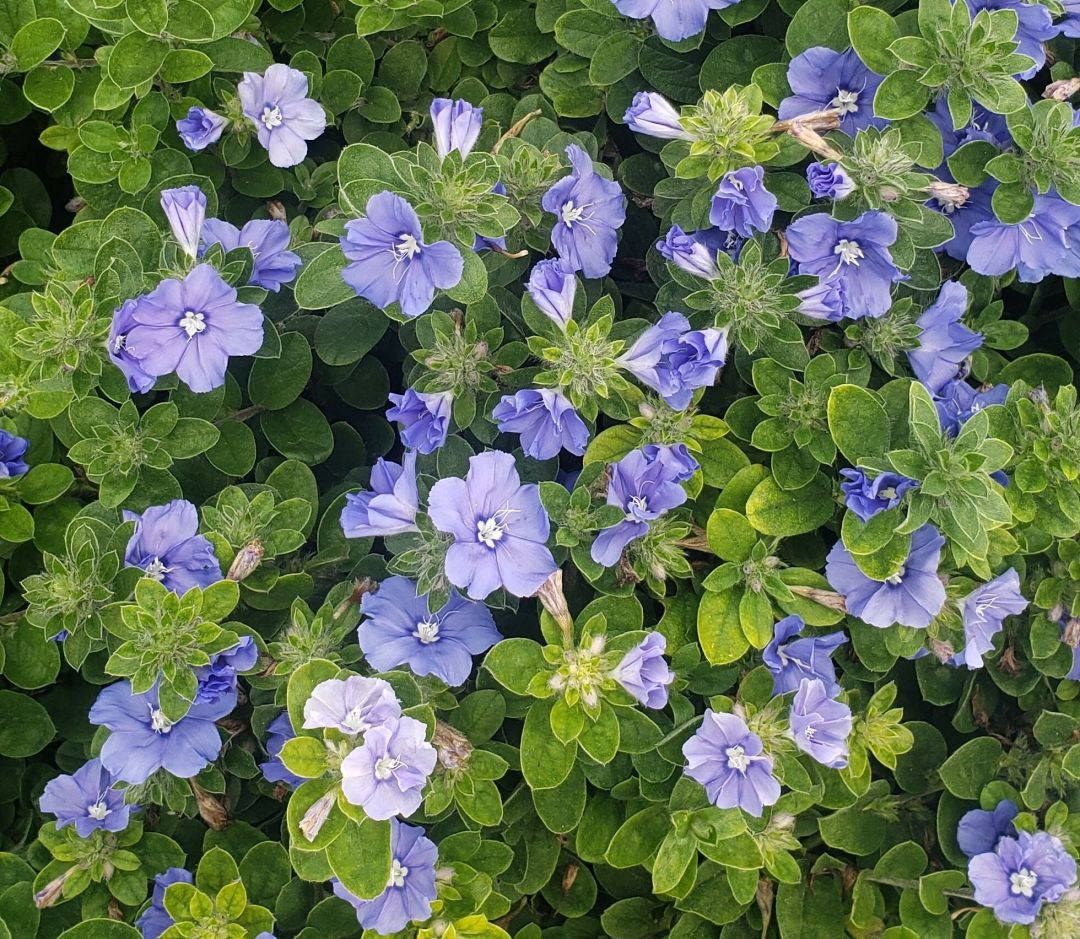
Blue daze
Bluish daze, also known as beach bum bluish, is a not-native Florida flower. Despite their proper noun, they besides come up in cerise and yellow and are a fan favorite at the nursery, says Thornburg, probably because "They're only well-nigh bomb-proof" she adds, "and tin can withstand not having much water." They exercise however need full sun exposure, and an all-purpose tropical fertilizer once a month during the summertime keeps them flowering. When they bloom, they spread into a blanket of flowers for ground cover or as a bedding plant.
Hibiscus(Hibiscus Rosa-Sinensis)
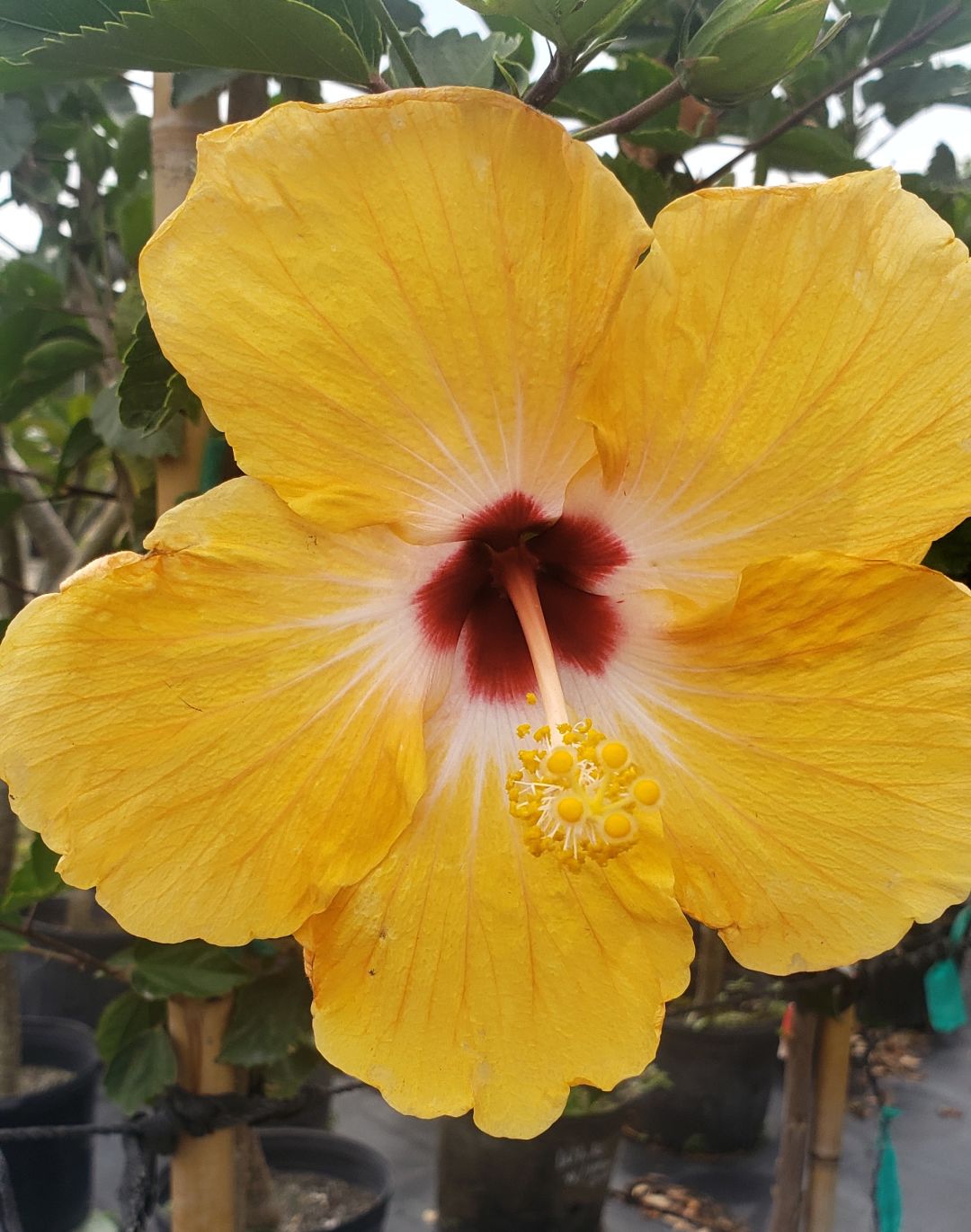
Hibiscus
Hibiscus flowers are originally grown in southern Asia, just at that place are too species native to Florida and come up in xanthous, carmine, orangish, white and pinkish. These brilliant blossoms aren't drought tolerant and require regular waterings. But it'due south worth it because when they bloom, they attract butterflies and hummingbirds. They're also versatile in shape. "They can exist pruned and shaped to be shorter or grow into a hedge around five to vi feet tall," says Thornburg. They can even exist maintained in a tree form like a "lollipop on a stick," when trimmed. As long equally they're in the sun, they tin can be safely planted anywhere.
What to consider earlier planting
Beginning, find the lighting in your chiliad throughout the mean solar day to square away sunny and shady spots for planting, and choose your plants appropriately.
Consider the ease of watering. Exercise you lot have an irrigation system? Will you lot be watering by hand? If by mitt, consider lessening your load with drought-resistant picks.
Considering many of these plants attract butterflies, bees and other pollinators, avert using pesticides that will harm them. If necessary, opt for organic, lather or oil-based pesticides.
Consider the size of the found at maturity when choosing its home in the chiliad so they have infinite to abound and don't require too much trimming.
Palm and tropical fertilizer comes in liquid, pellets, and water-soluble versions in both organic and regular options. Choose whichever works best for yous.
For pet owners, make sure your favorite plants are safe for your four-legged friend. Mona lavender, aloe, blanket flowers, coontie, firebush, and bluish daze accept toxic compounds and can be potentially harmful if ingested. The American Gild for the Prevention of Cruelty to Animals has a guide hither.
To larn more than, click hither or visit in person, at 7750 Fruitville Rd., Sarasota.
Source: https://www.sarasotamagazine.com/home-and-real-estate/2022/04/gardening-tips-flowers-plants-summer
0 Response to "Plants That Are Easy to Maintain Outdoors in Florida Summer"
Post a Comment